News
-

Our company was invited to attend the PAK-CHINA BUSINESS FORUM.
On May 15th Beijing time, our company was invited to participate in the PAK-CHINA BUSINESS FORUM. The theme of the conference is industrial transfer and technology transfer: promoting sustainable economic development. As a unit of inspirational development and growth, our company regards develop...Read more -
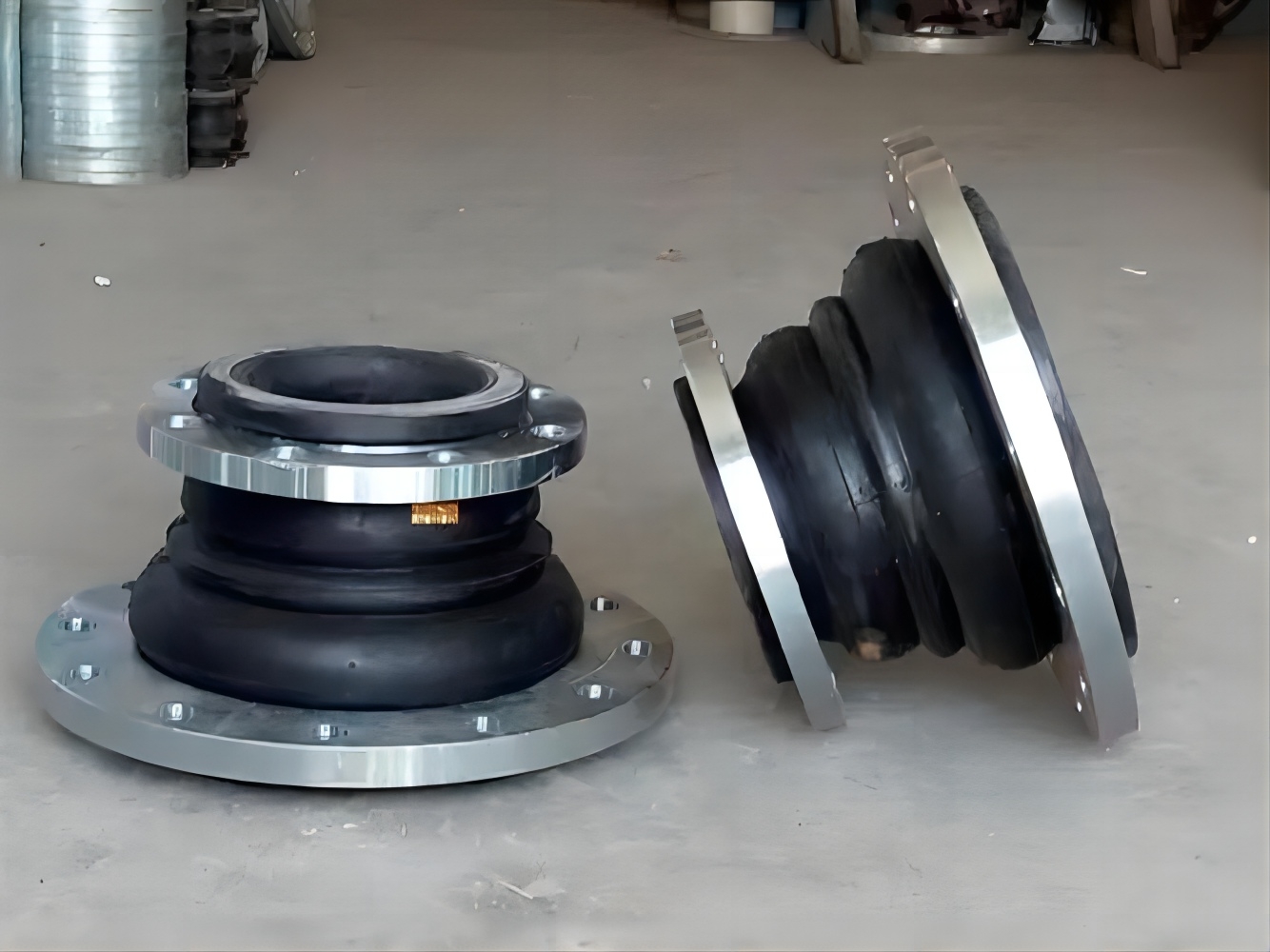
Reducing Rubber Expansion Joint
The common flexible rubber joint is the single ball rubber joint, and the reducing rubber expansion joint is a special rubber joint developed on the basis of the general single ball The reducing rubber expansion joint is composed of two flanges with different diameters a...Read more -

When buying elbow what matters needing attention?
An elbow is a node that connects a pipeline. After passing through this node, the pipeline needs to change its direction, so the elbow needs to withstand a large impact force after the pipeline is circulated and used. It is precisely because of this that the elbow must h...Read more -
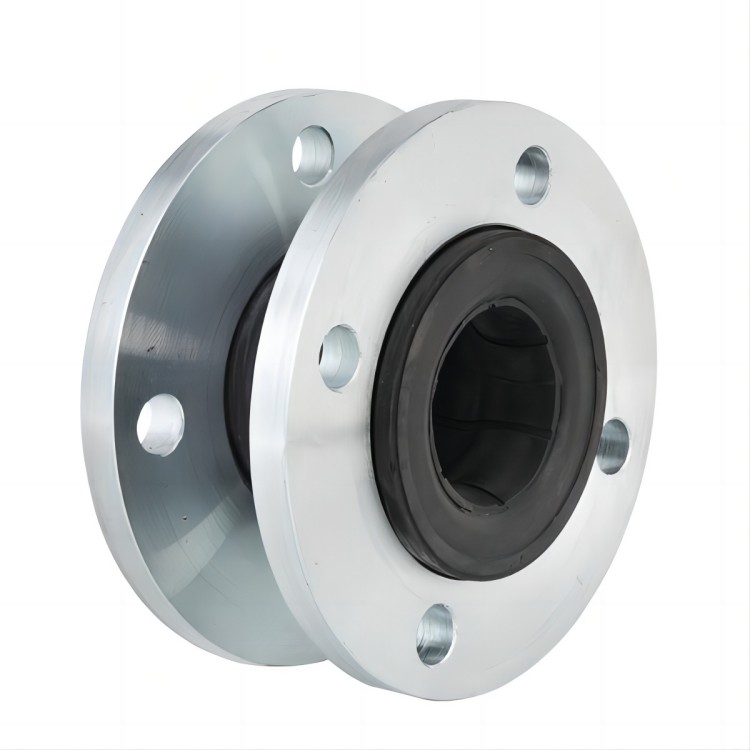
Common rubber expansion joint has material classification and performance characteristics
The main materials of rubber expansion joint are: silica gel, nitrile rubber, neoprene, EPDM rubber, natural rubber, fluoro rubber and other rubber. Physical properties are characterized by resistance to oil, acid, alkali, abrasion, high and low temperatures. 1. Natural ...Read more -
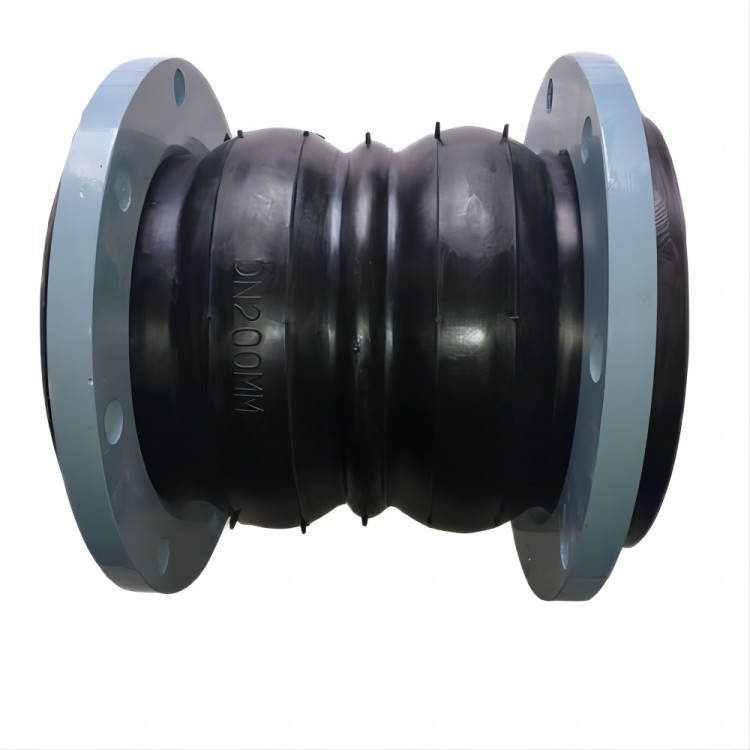
Installation method and precautions of rubber expansion joint
Installation method of rubber expansion joint 1. First, lay the two ends of the pipe fittings that need to be connected flat on a horizontal surface. When installing, first lay the firmly fixed end of the pipe fittings flat. 2. Next, rotate the flange on the flexible ru...Read more -

Assembly Process of Flanged Rubber Expansion Joint
When the working temperature of carbon steel is less than -2 ℃, and when the working temperature of carbon steel is less than 0 ℃, it is not suitable to use mechanical equipment for punching and shearing. Thick steel plates that cause cracks after wire cutting should und...Read more -
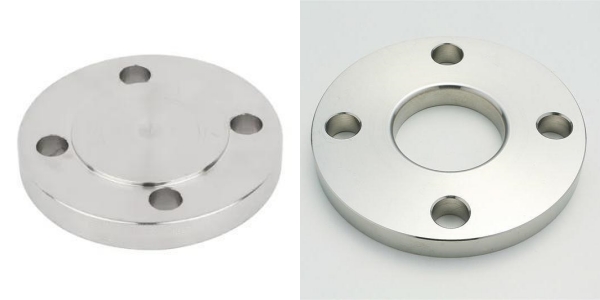
Differences and Similarities between Blind Flange and Slip On Plate Flange
Slip on plate flanges and blind flanges are both flange types used in pipeline connections. Plate flange, also known as flat welding flange or flat flange, is usually used as a fixed end on one side of the pipeline. They are composed of two flat circular metal plates, wh...Read more -
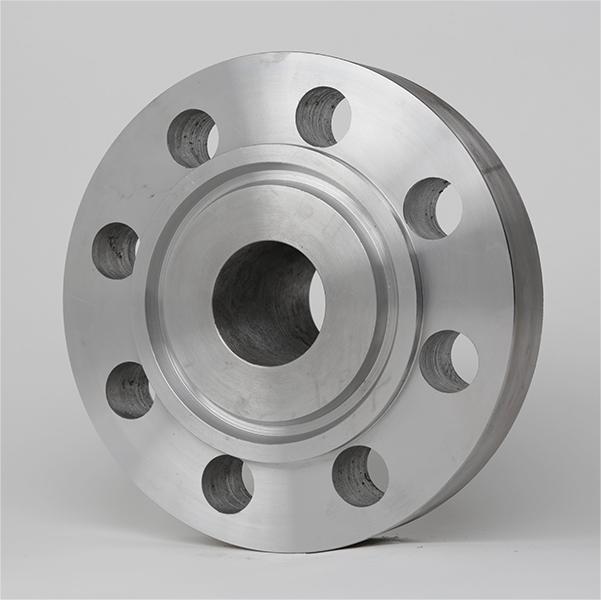
About the RTJ type flange introduction
RTJ flange refers to a trapezoidal sealing surface flange with RTJ groove, which is fully named Ring Type Joint Flange. Due to its excellent sealing performance and pressure bearing capacity, it is often used for pipeline connections in harsh environments such as high pressure and high temperatur...Read more -
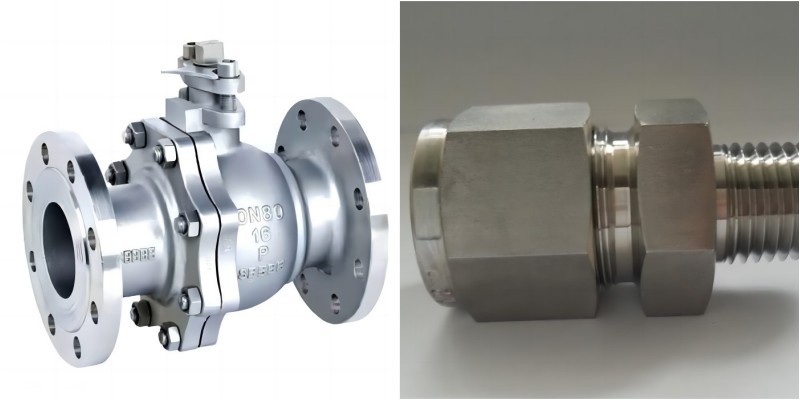
How to distinguish between threaded connections and flanged connections
Threaded connection and flange connection are two different pipeline connection methods during the specific construction process. Flange connection The flange connection is composed of a pair of flanges, a gasket, and several bolts and nuts. Flange connection is a deta...Read more -
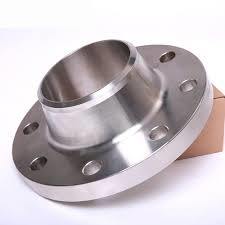
The difference between neck welded steel pipe flanges and neck welded orifice plate flanges
The neck welded steel pipe flange and the neck welded orifice plate flange are two different types of welding neck flanges used for pipeline connections, and their main difference lies in their shape and purpose. Shape A neck welded steel pipe flange is a steel circular...Read more -
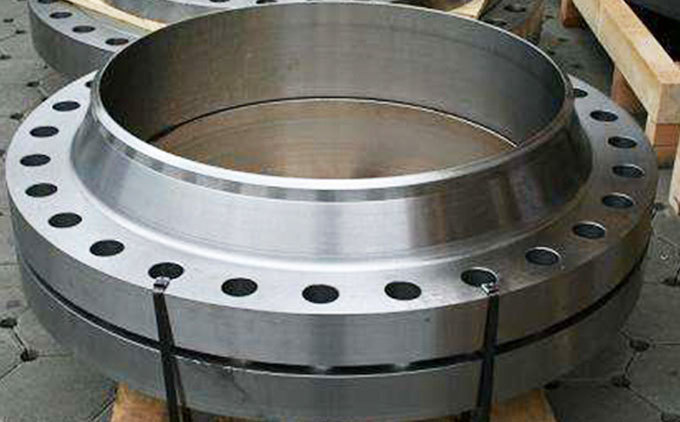
Similarities and differences between anchor flanges and welded neck flanges
Welded neck flange, also known as a high neck flange, is a long and inclined high neck from the welding point between the flange and the pipe to the flange plate. The wall thickness of this high neck gradually transitions to the pipe wall thickness along the height direc...Read more -
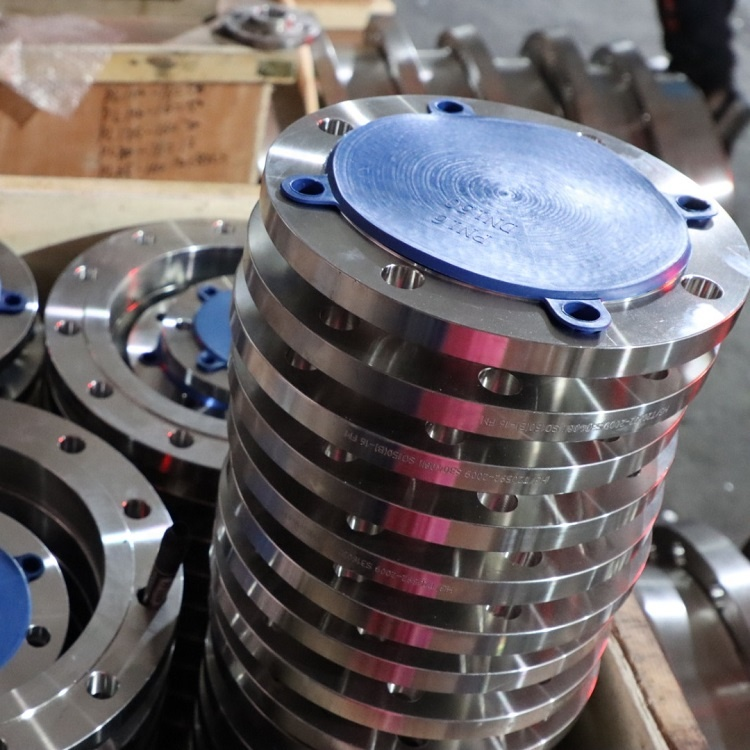
The similarities and differences between threaded flanges and socket welded flanges
Threaded flanges connection and socket welding flanges connection are two commonly used pipeline connection methods. A threaded flange is a connection flange by opening threaded holes on the flange and pipeline, and then connecting the flange and pipeline through threads...Read more -
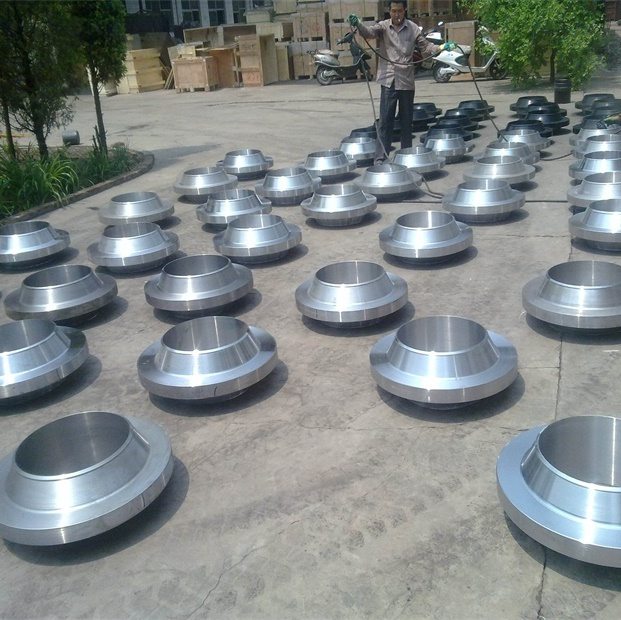
What do we know about the anchor flange?
Anchor flange is a flange that connects pipes and equipment, and it is usually used to connect pipes under high pressure and high temperature environments. Anchor flanges can provide a stronger connection to prevent pipes from moving or breaking under high pressure and t...Read more -
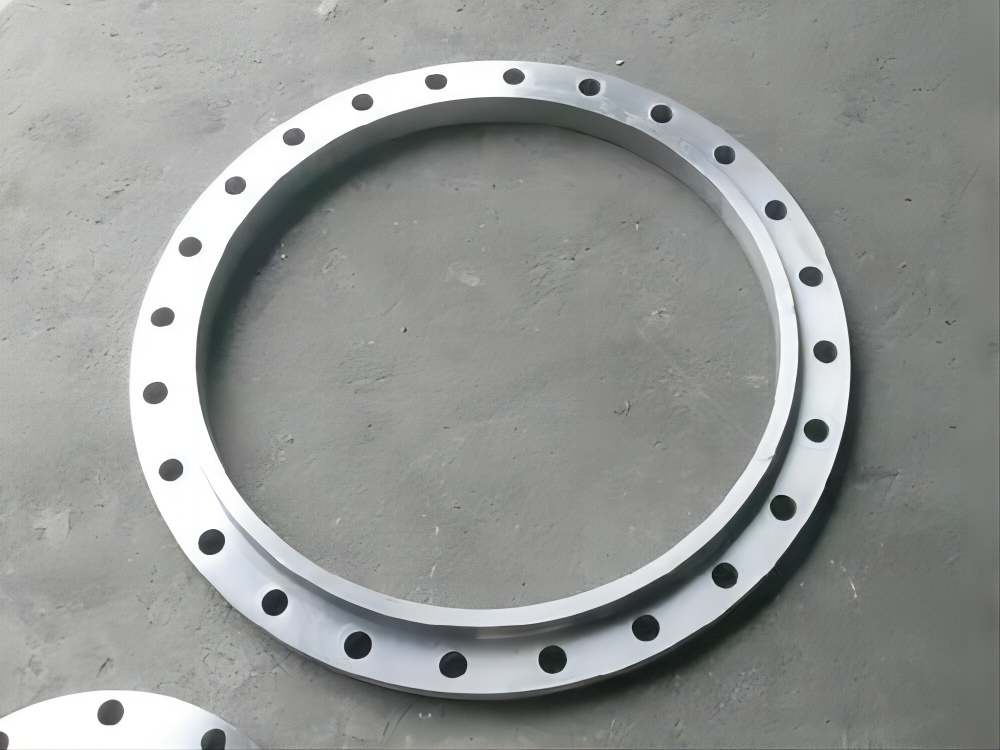
International Standard for EN1092-1 with weld neck flange
EN1092-1 is a standard issued by the European Standardization Organization and is a standard for steel flanges and fittings. This standard applies to connecting parts of liquid and gas pipelines, including flanges, gaskets, bolts and nuts, etc. This standard applies to s...Read more -
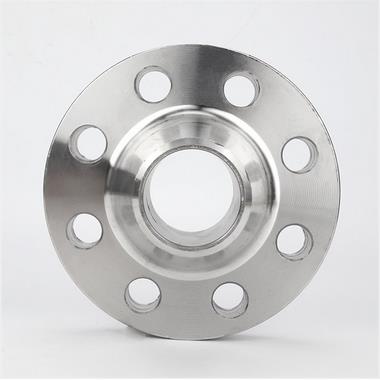
Do you know what a cold rolled flange is?
Cold rolled flange is a kind of flange commonly used in pipeline connection, also known as cold rolled flange. Compared with forged flanges, its manufacturing cost is lower, but its strength and sealing performance are not inferior to forged flanges. Cold rolled flanges ...Read more -
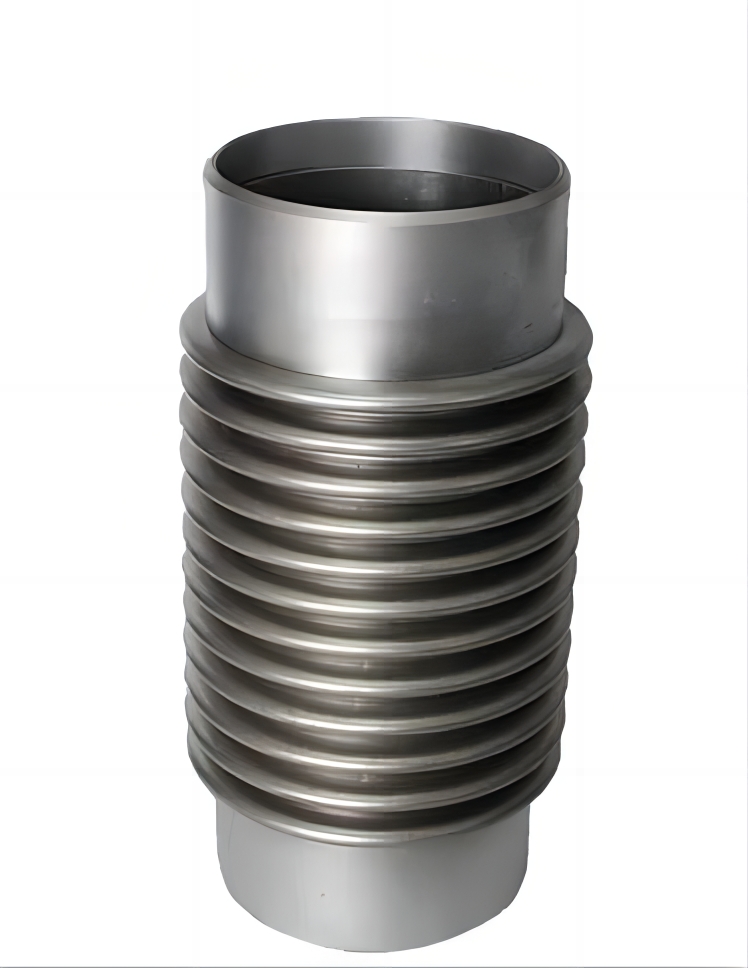
Brief introduction of stainless steel bellows
Stainless steel bellows is a pipe connection used to convey gas, liquid, steam and other media, and it is characterized by good bendability, corrosion resistance, high temperature resistance, and strong pressure bearing capacity. The following is the product introduction, size model, pressure rat...Read more -
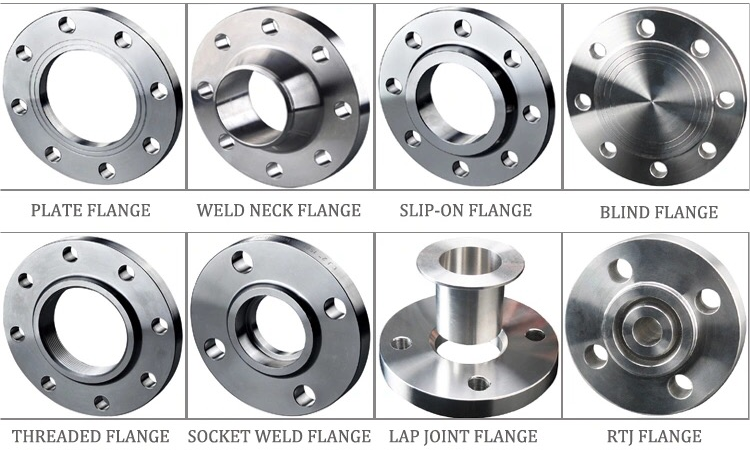
The flange size is the same, why the price is so different?
Even with the same flange size, prices can vary due to a number of factors. Here are some factors that may contribute to the price difference: Material: Flanges can be manufactured from a number of different materials including steel, cast iron, copper, aluminum and stai...Read more -
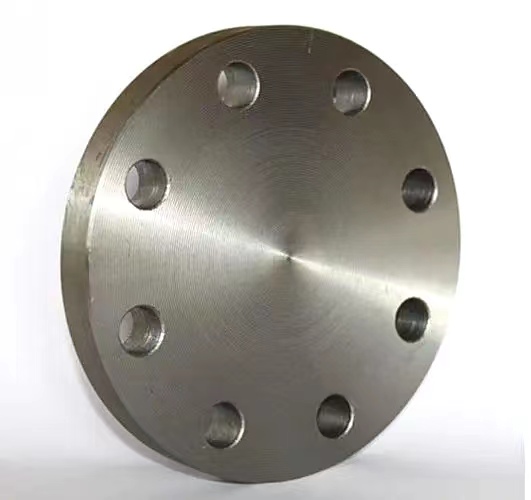
When installing and using blind flange, you should pay attention to these two points.
Flanges are pipe fittings that are often used to connect pipes and pipes or to connect two equipment in the pipeline system. There are many types of flanges, such as threaded flanges, welding neck flanges, plate welding flanges, etc. (collectively referred to as flanges). However, in real life, y...Read more -
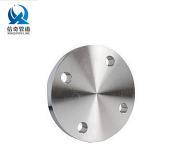
How much do you know about blind flanges?
Blind flanges are essential components in piping systems used to seal the end of a pipe, valve, or pressure vessel opening. Blind flanges are plate-like discs that have no center bore, making them ideal for closing the end of a piping system.It is different from the spec...Read more -
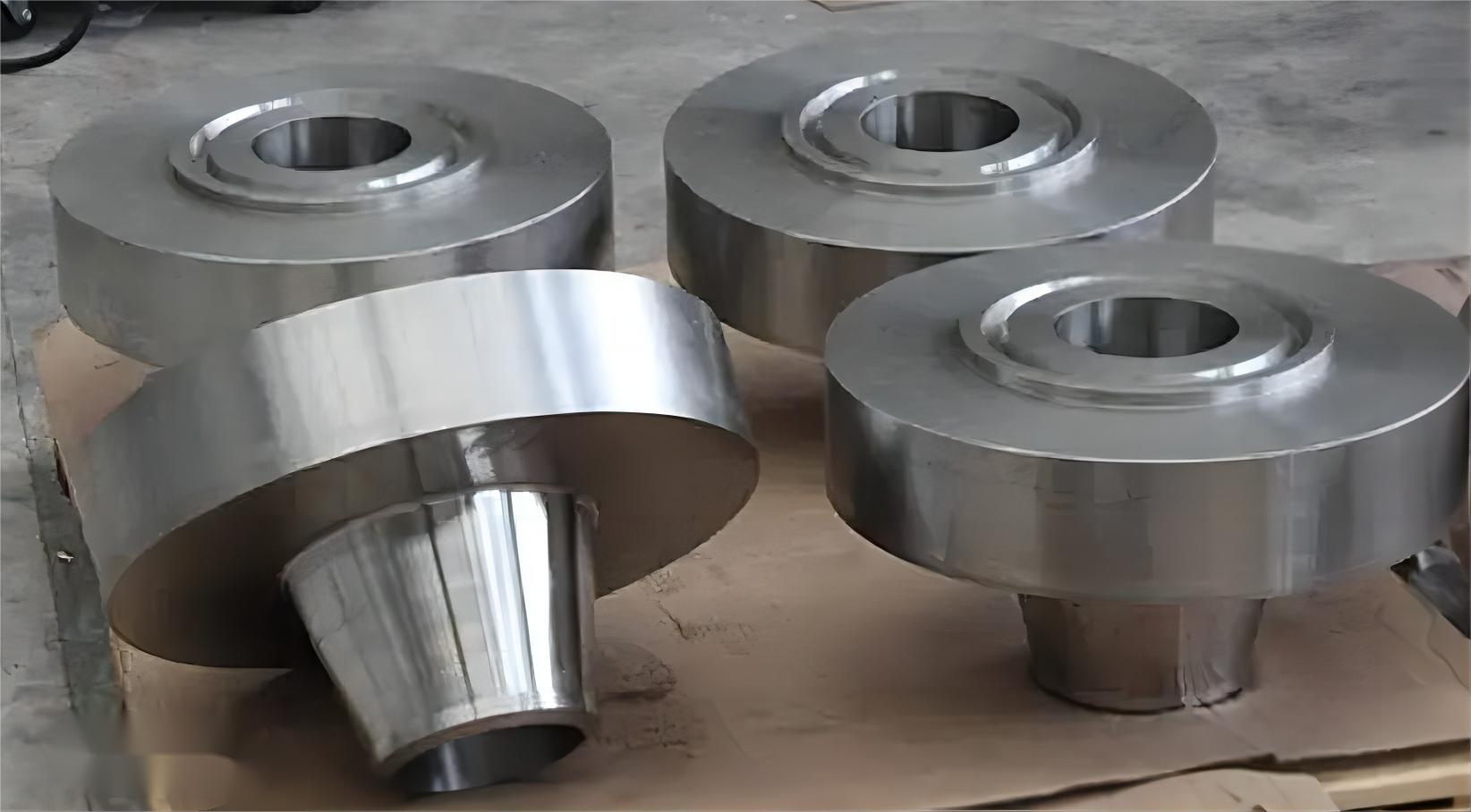
A brief introduction to A694 and A694 F60
ASTM A694F60Chemical Component F60 C Mn Si S P Cr Mo Ni Al 0.12-0.18 0.90-1.30 0.15-0.40 0.010MAX 0.015MAX 0.25MAX 0.15MAX 0.03MAX 0.025-0.05 Cu Sn V Nb Ti N Co B Ta 0.25MAX / 0.04MAX 0.03MAX 0.0025MAX 0.012MAX / 0.0005MAX / Technology for Heati...Read more -
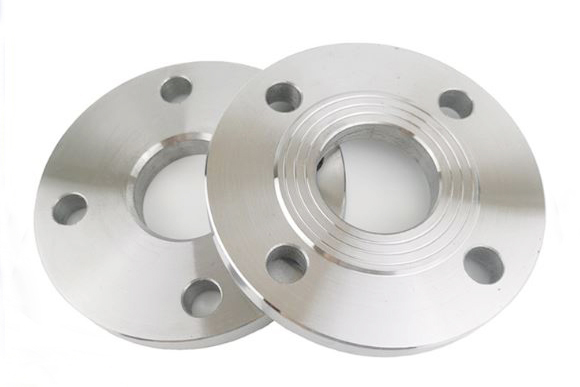
Why are the prices of A105 and Q235 different?
Carbon steel flanges are widely used in the installation of industrial fluid pipelines. Q235 and A105 are two kinds of carbon steel materials that are more commonly used. However, their quotations are different, sometimes quite different. So what is the difference betwee...Read more -
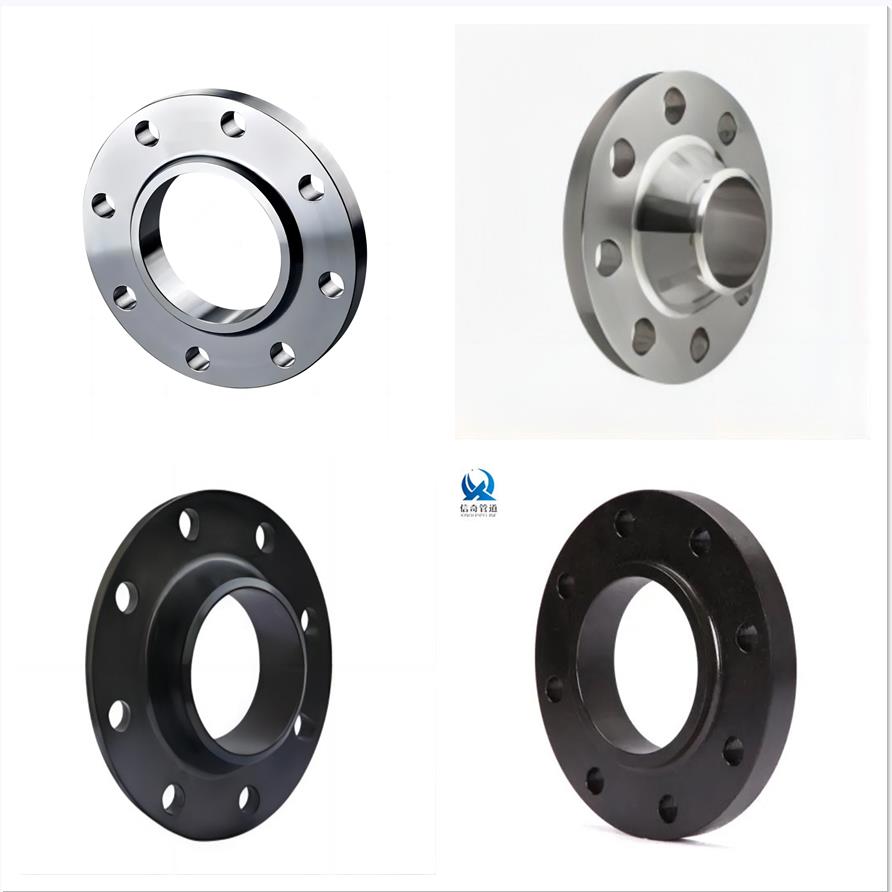
Introduction to technical performance and processing method of butt welding flange and flat welding flange
Butt-welding flange is one of the flanges, which refers to the flange with neck and round pipe transition and is connected with the pipe by butt welding. Because the length of neck can be divided into neck butt welding flange and neck flat welding flange. Butt-welding fl...Read more -
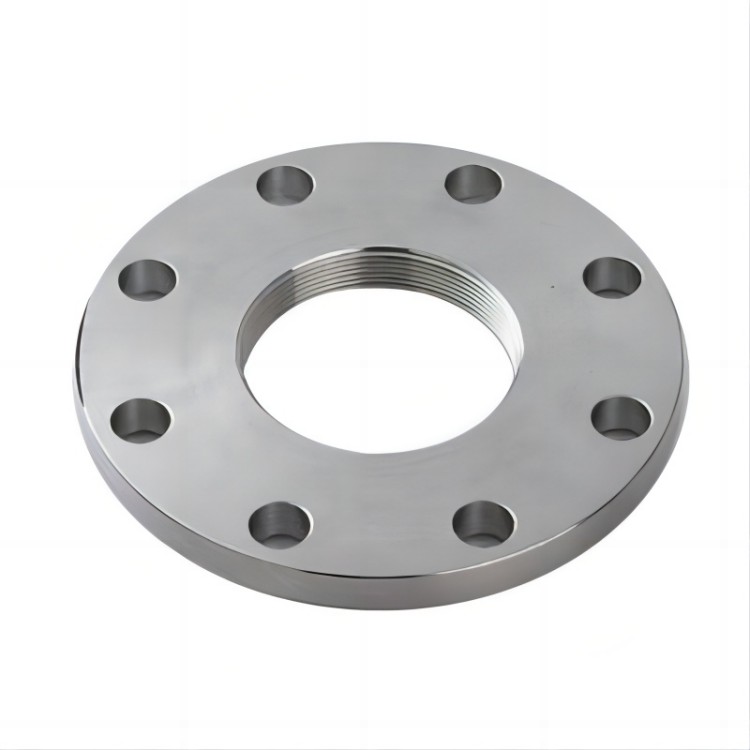
Hot-Dip Galvanized Flange
Hot-dip galvanized flange is a kind of flange plate with good corrosion resistance. It can be immersed in molten zinc at about 500 ℃ after the flange is formed and derusted, so that the surface of steel components can be coated with zinc, thus achieving the purpose of co...Read more -
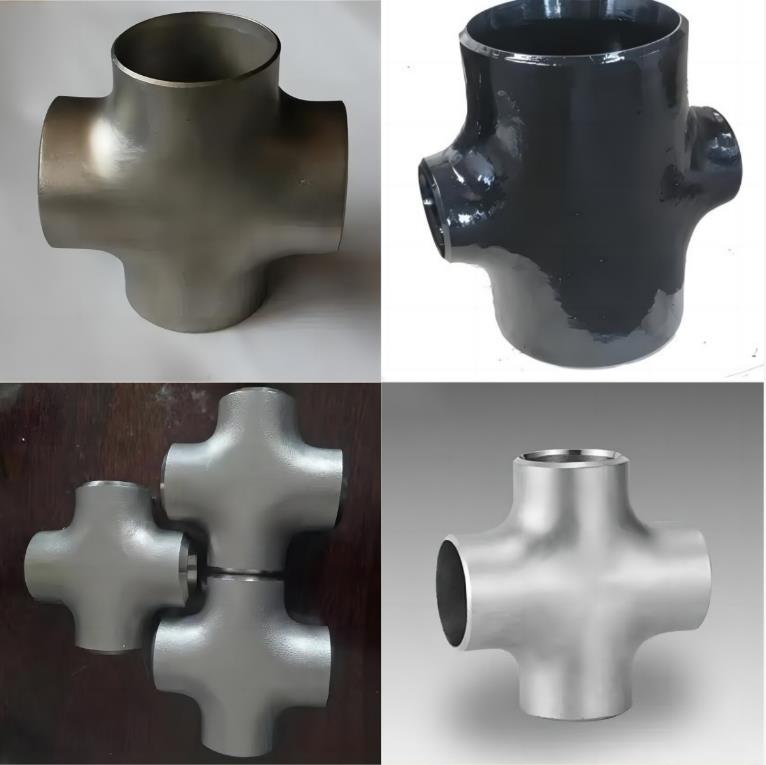
What do you know about the crosses
Crosses can be divided into equal-diameter and reduced-diameter, and the nozzle ends of equal-diameter crosses are of the same size; The main pipe size of the reducing cross is the same, while the branch pipe size is smaller than the main pipe size. The stainless steel c...Read more -
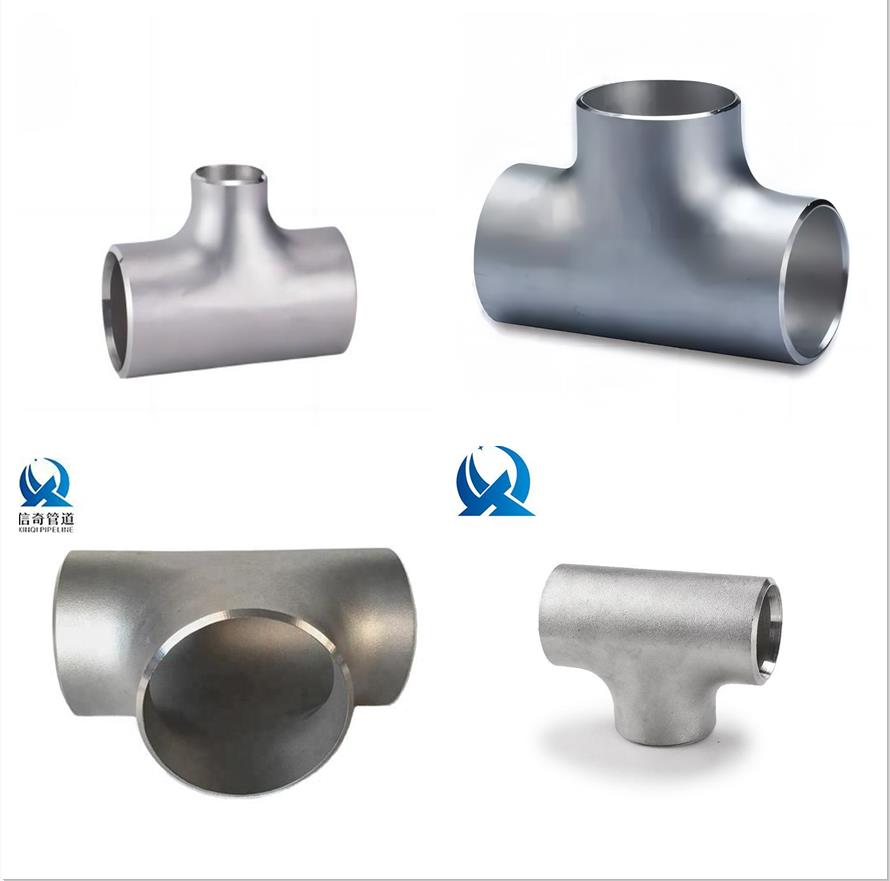
Which of the reduced tee and the equal tee is commonly used?
The reducing tee is a pipe fitting compared with the equal tee, which is characterized by that the branch pipe is different from the other two diameters. Equal diameter tee is a tee fitting with the same diameter at both ends of the branch pipe. So, in our life, are we m...Read more -
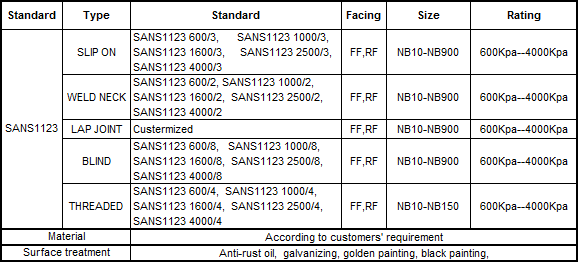
About flange standard SANS 1123
Under the SANS 1123 standard, there are several types of slip on flanges, welding neck flanges,lap joint flanges, blind flanges and threaded flanges. In terms of size standards, SANS 1123 is different from common American, Japanese and European standards. Instead of Cla...Read more -
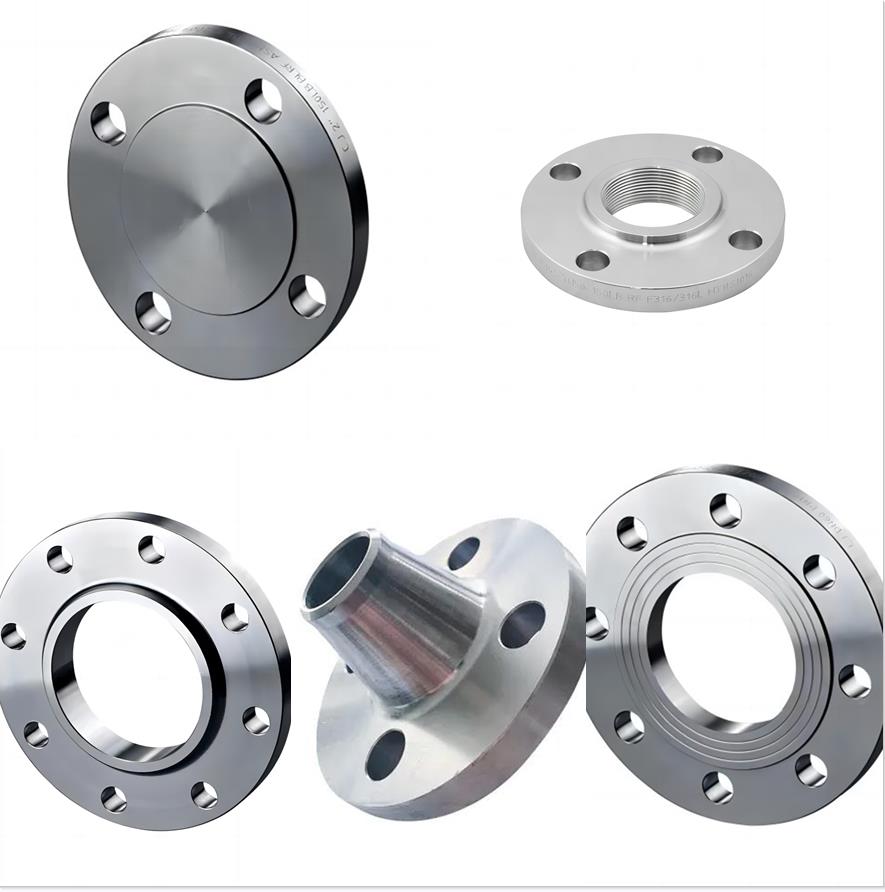
What is the difference between forged flange and cast flange?
Cast flange and forged flange are common flanges, but the two kinds of flanges are different in price. The cast flange has accurate shape and size, small processing volume and low cost, but has casting defects (such as pores, cracks and inclusions); The internal structur...Read more -

How many types of flanges are there
Basic introduction of flange Pipe flanges and their gaskets and fasteners are collectively referred to as flange joints. Application: Flange joint is a kind of component widely used in engineering design. It is an essential part of piping design, pipe fittings and valves...Read more -

What are the main differences between ASME B16.5 and ASME B16.47
ASME B16.5 and ASME B16.47 are two of the common American standards for flanges. However, many people cannot distinguish the two standards, so they often use the two standards incorrectly. This article will make a specific distinction between the two standards. The main difference is that the fla...Read more -
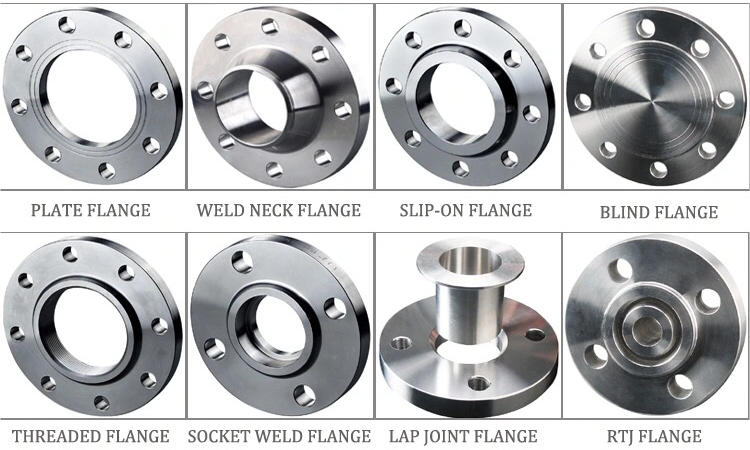
An introduction to a variety of flange products to ANSI B16.5 standard
American national standards ASME/ANSI B16.5 and B16.47 together cover pipe flanges up to NPS 60. ASME/ANSI B16.47 covers two series of flanges, Series A which is equivalent to MSS SP-44 (the 1996 Edition of MSS SP-44 complies with B16.47 tolerances), and Series B which i...Read more




